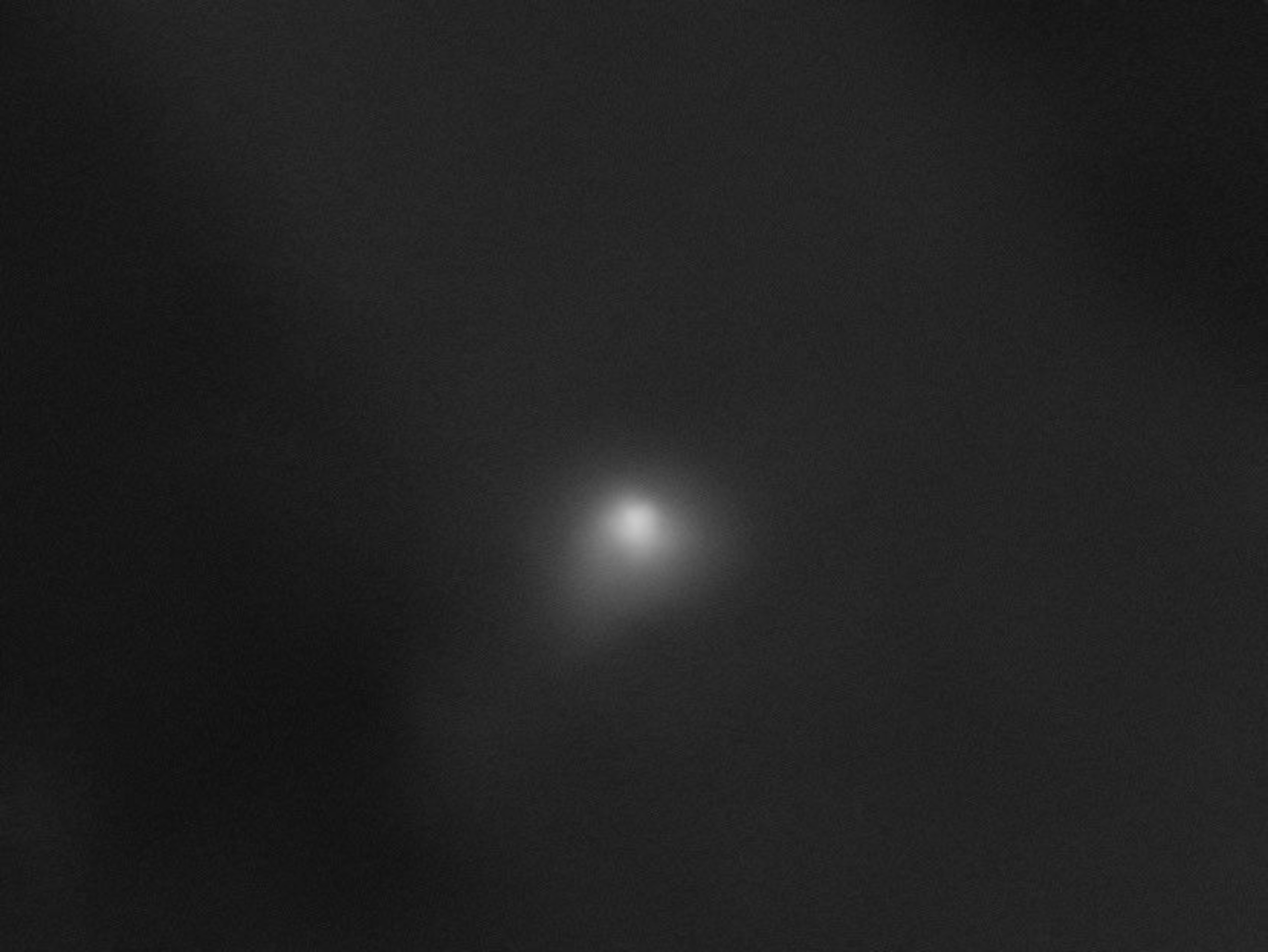
New Meteor Shower Discovered; May Uncover New Comet
February Eta Draconids could be sign of hazardous comet, scientists say.
For the first time since 2007, astronomers have spotted a new meteor shower over Earth. And while this sky show may not be as dazzling as the upcoming Perseids, it could provide the seeds for locating a mysterious and potentially hazardous comet. (See Perseid pictures.)
Scientists with the Cameras for All-sky Meteor Surveillance (CAMS) project observed the handful of faint shooting stars on the night of February 4.
"I was really surprised to find that, over a seven-hour period, we managed to snap images of six meteors racing across the sky at nearly 80,000 miles [129,000 kilometers] an hour, all coming from the same direction," said study leader Peter Jenniskens, an astronomer at the SETI Institute and the NASA Ames Research Center in Mountain View, California.
"I knew immediately that they were all related and represented a new shower."
As with other established meteor showers, the new meteors are named for the constellation from which they appear to radiate—in this case, the northern constellation Draco, near the star Eta Draconis.
Since there's already a shower called the Eta Draconids that peaks in April, this new one has been dubbed the February Eta Draconids.
Most meteor showers are created when dust shed by a passing comet or asteroid enters Earth's atmosphere, and astronomers have been able to trace the known meteor showers back to their parent bodies.
The calculated orbit of the new debris stream doesn't match the orbit of the known parent of the April Eta Draconids. So for now, no one knows which object is responsible for the February shower—or how close that body might get to Earth in the future.
"By calculating out the orbit of the meteoritic dust trail, it appears the parent comet definitely crosses Earth's orbit—making it something we want to investigate further," Jenniskens said.
(Related: "New Comet Found; May Be Visible From Earth in 2013.")
New Meteors Not Visible Every Year
Started in October 2010, the CAMS project uses 60 low light-level video cameras to automatically scan the night skies above the San Francisco Bay area for meteors.
The project was founded to confirm faint meteor showers for the International Astronomical Union. To date IAU recognizes 64 established meteor showers, but the organization keeps a list of more than 300 possible showers that need confirmation.
The February outburst seen in CAMS data is the first meteor shower discovered by the project.
Based on their data, the CAMS team calculates that the February Eta Draconids won't be a yearly visitor like the August Perseids or December Geminids. (Also see "'Spectacular' Double Meteor Shower This Week" [July 25, 2011].)
By tracing the orbits of the individual meteors, the team predicts that Earth will slam into the outer edges of the same debris stream in 2016 and 2023, but then won't hit it again until 2076.
It's unlikely future February Eta Draconids will see more meteors falling per hour than the handful spotted by CAMS, although no one will be able to say for sure until the shower's next scheduled return.
(Find out why this year's Draconids in October may be a meteor storm.)
Using Meteors to Find Far-Off Comets
Even though astronomers can't say much yet about the path of the new meteor shower's parent body, there's no need to hit the panic button, said Geza Gyuk, an astronomer at the Adler Planetarium in Chicago.
"Collisions are extremely rare events in Earth's history, so I would think this shower is not a predictor of any future impact, but rather a possible indicator of potentially hazardous objects that now could be traced back and followed."
(Related: "Giant Meteorites Slammed Earth Around A.D. 500?")
But Gyuk admits that we may have a hard time pinning down this object, because in all likelihood it's a long-period comet—one with a highly elliptical orbit that takes it hundreds of times farther than Pluto is from the sun.
At such a distance, it may take thousands of years for the body to make a full orbit.
"Because these type of comets come by so infrequently, it makes it difficult to predict when they will return to the inner solar system and approach Earth," he said.
It's this uncertainty that motivates study leader Jenniskens to continue the search.
"While the chances are small this comet poses any danger for Earth, these meteoroids are telling us something about where they come from," he said. "It would be nice to know if the comet has passed us by or is still on its way in."
The February Eta Draconids are described in a study to be published in an upcoming issue of the Journal of the International Meteor Organization.





